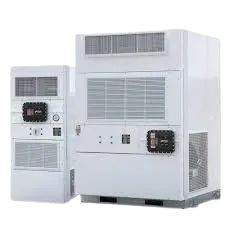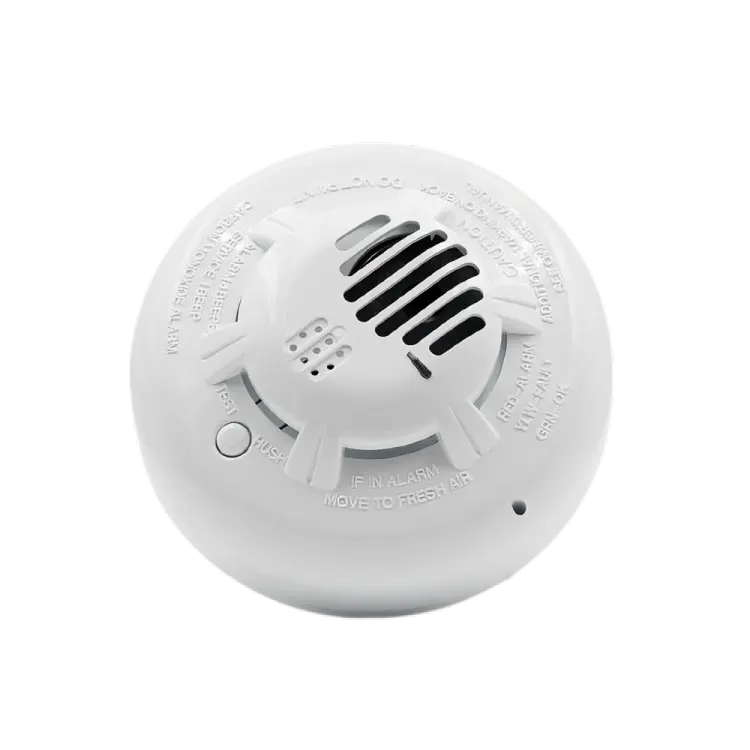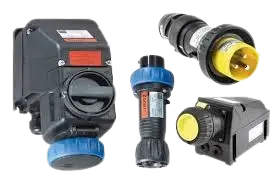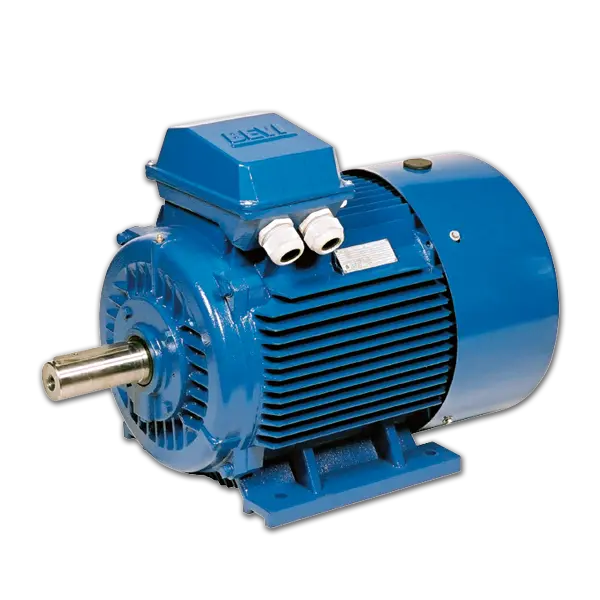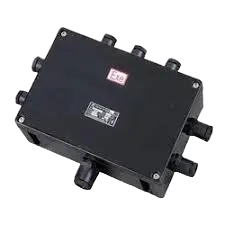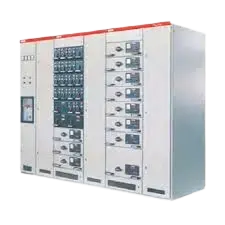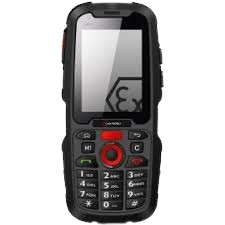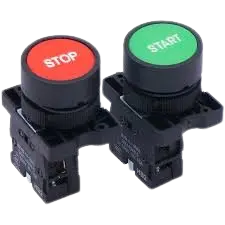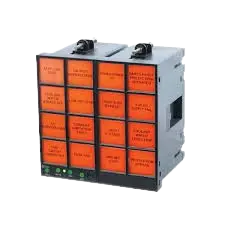
Intinsically Safe Heat Detector Supplier in UAE
As a leading supplier of intrinsically safe heat detectors in the UAE, we take pride in our commitment to delivering top-tier safety solutions tailored to the unique challenges of high-risk environments.
Intrinsic safety is not just a concept but a guiding philosophy in the design and manufacturing of our heat detectors. We understand the intricate balance required to operate electronic equipment in potentially explosive atmospheres. Our heat detectors adhere to the highest standards of intrinsic safety, preventing the initiation of sparks or excessive temperatures that could lead to ignition.
what is an intrinsically safe heat detector?
An intrinsically safe heat detector is a specialized device designed to detect elevated temperatures in potentially explosive atmospheres without posing a risk of ignition. The term “intrinsically safe” refers to a design philosophy that aims to prevent the initiation of sparks or excessive temperatures that could lead to ignition in hazardous environments. These detectors are crucial components in fire detection and prevention systems, especially in industries where the risk of explosions is a constant concern.
Evolution of Heat Detectors
The history of heat detectors traces a fascinating journey from simple mechanisms to sophisticated, intrinsically safe devices that play a crucial role in modern fire safety. Here’s a chronological overview of their development:
Early Heat Detection Mechanisms:
- 19th Century: The earliest forms of heat detectors were basic, relying on manual observation and rudimentary mechanisms triggered by heat or smoke. These early devices often lacked precision and were prone to false alarms.
Introduction of Thermocouples:
- Early 20th Century: The early 20th century witnessed the introduction of thermocouples in heat detection. These devices consisted of two dissimilar metals joined at one end, producing a voltage change with temperature variations.
1960s – Advent of Modern Technologies:
- 1960s: The 1960s marked a significant shift with the advent of more advanced technologies in heat detection. Innovations such as rate-of-rise heat detectors were introduced, capable of sensing rapid temperature increases.
1970s – Development of Fixed-Temperature Heat Detectors:
- 1970s: Fixed-temperature heat detectors emerged during this period. These detectors trigger an alarm when the surrounding temperature reaches a predetermined threshold, providing a more reliable method for fire detection.
1980s – Integration with Fire Alarm Systems:
- 1980s: Heat detectors became integral components of fire alarm systems, designed to work in tandem with other detection methods, such as smoke detectors. This integration marked a significant improvement in overall fire safety systems.
1990s – Introduction of Intelligent Heat Detectors:
- 1990s: The introduction of intelligent heat detectors brought a new level of sophistication to the technology. These detectors incorporated microprocessors for signal analysis, allowing for more accurate and reliable heat detection.
Early 2000s – Intrinsic Safety and Advanced Sensing:
- Early 2000s: The focus shifted towards intrinsic safety, especially in industries with potentially explosive atmospheres. Advanced sensing technologies, including thermistors and infrared sensors, became more prevalent, enabling quicker and more precise heat detection.
Present – Intrinsically Safe Heat Detectors:
- Present: The current landscape sees the prominence of intrinsically safe heat detectors. Engineered to prevent sparks or excessive temperatures that could lead to ignition in hazardous environments, these detectors combine advanced sensor technologies with robust intrinsic safety design.
Future – Integration with IoT and Smart Systems:
- Future: As technology continues to advance, the future of heat detectors involves integration with the Internet of Things (IoT) and smart building systems. This integration aims to enhance communication, data analysis, and overall system efficiency for more proactive fire safety measures.
The journey of heat detectors reflects a continuous commitment to improving fire safety, from early rudimentary devices to today’s advanced, intrinsically safe technologies. The ongoing pursuit of innovation ensures that these crucial components remain at the forefront of protecting lives and assets in diverse environments.
Key features and characteristics
Intrinsic Safety Design:
- The primary distinguishing feature of intrinsically safe heat detectors is their design to prevent the release of energy that could ignite flammable gases or vapors in the surrounding atmosphere.
- Intrinsic safety is achieved through methods such as limiting electrical energy, preventing sparks, and ensuring components are incapable of producing temperatures high enough to cause ignition.
Temperature Sensing:
- Intrinsically safe heat detectors focus on detecting changes in temperature rather than relying on the presence of smoke or particulate matter, making them particularly suitable for environments where traditional smoke detectors may not be effective.
Explosive Atmosphere Compatibility:
- These detectors are specifically engineered for use in potentially explosive atmospheres, commonly found in industries such as oil and gas, petrochemicals, chemical manufacturing, and other hazardous environments.
Rapid Response Times:
- Intrinsically safe heat detectors are designed to provide rapid response times, ensuring timely alerts in the event of rising temperatures. Early detection is crucial for preventing the escalation of potential fire hazards.
Robust Construction:
- To withstand the harsh conditions of industrial environments, these detectors are constructed with durable and rugged materials. This ensures reliability and longevity in the face of challenging factors such as dust, moisture, and varying temperatures.
Compliance with Standards:
- To ensure the highest level of safety, intrinsically safe heat detectors adhere to international standards and regulations governing the design and performance of electrical equipment in hazardous areas.
Versatility in Applications:
- Intrinsically safe heat detectors find application in various settings, including but not limited to oil refineries, chemical processing plants, offshore drilling platforms, and other facilities where explosive atmospheres are prevalent.
Integration with Fire and Gas Systems:
- These detectors are often integrated into broader fire detection and gas monitoring systems, providing a comprehensive safety solution for industrial facilities.
By combining advanced temperature sensing technology with intrinsic safety principles, these detectors play a critical role in minimizing the risk of fire-related incidents in environments where traditional detection methods may not be suitable or safe.
